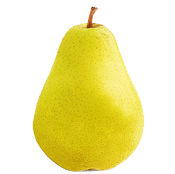THE ORIGINS OF PEAR
PIRUS communis comes from the Middle East and northern Central Asia. The pear has been cultivated for 4000 years, and Homer defined the pear as a “gift from the gods”, so he encouraged people to devote themselves particularly to his plantation. The Romans increased the number of varieties from 6 to 50.
Until the 16th century, pears were consumed cooked as a garnish for meat and then eaten raw for some flavoured and tender varieties. In the 17th century, botanists created several hundred varieties, including William’s. Enoch Bartlett, a nursery grounds from Dorchester (MA), put in the honor the pear that became the Bartlett and accompanied the settlers to the westward American where it found an idéal climate.
THE VARIETIES OF PEARS
Many pear trees suffer from fire blight, which has encouraged arborists to switch to new, more resistant varieties. We will mention here some varieties known for their table fruit qualities: William’s, Doyenné du Comice (seedless fondant) or Guyot.
Others can be served as an accompaniment: Conférence, Packam, Louise-bonne or Passecrassanne (acidulous and a little granular, if it still exists…).
Among the newly created varieties, we can think of Angelys, which would replace the Passecrassanne and the sweet Harrow.
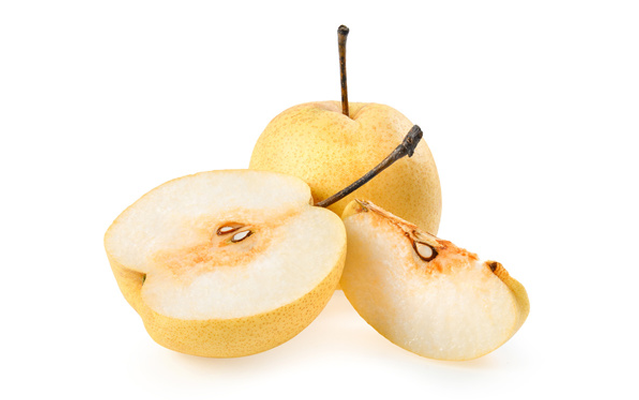
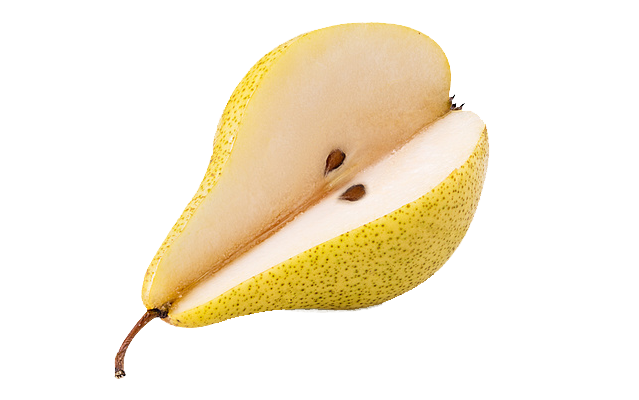
HOW TO CHOOSE PEAR
Because of their fragility, these fruits will be placed on the top of the basket. Harvested as yet unripened, they continue to ripen at room temperature. It is preferable to buy fruit at different stages of ripening to be able to eat it regularly.
HOW TO STORE AND COOK PEAR
For children, it is better to peel the pear. The skin of the pear is less interesting than that of the apple. Pear can be used as an accompaniment to roasts, poultry or game. To garnish, you need one pear per person, while for an 8 portion pie, you need 8 to 10 pears.
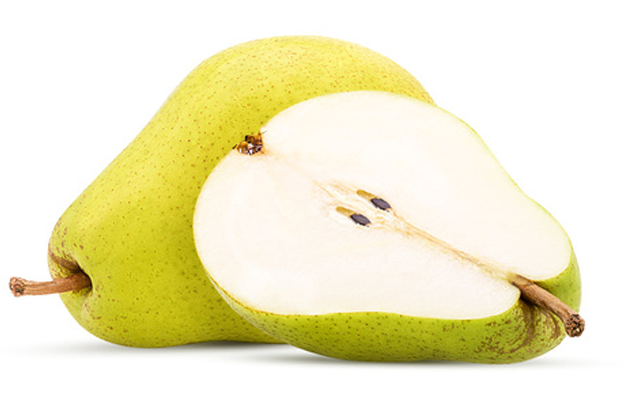
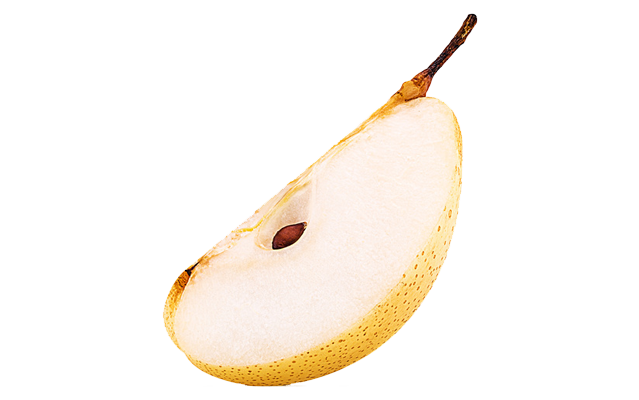
PEAR’S HEALTH PROPERTIES
The pear skin is rich in fibres and micro components, it is good to eat it (especially summer pears with thinner skin) after washing it. The pear, by its mineral, vitamin and trace element balance as well as by its moderate carbohydrate intake, contributes to the proper functioning of the intestines.


